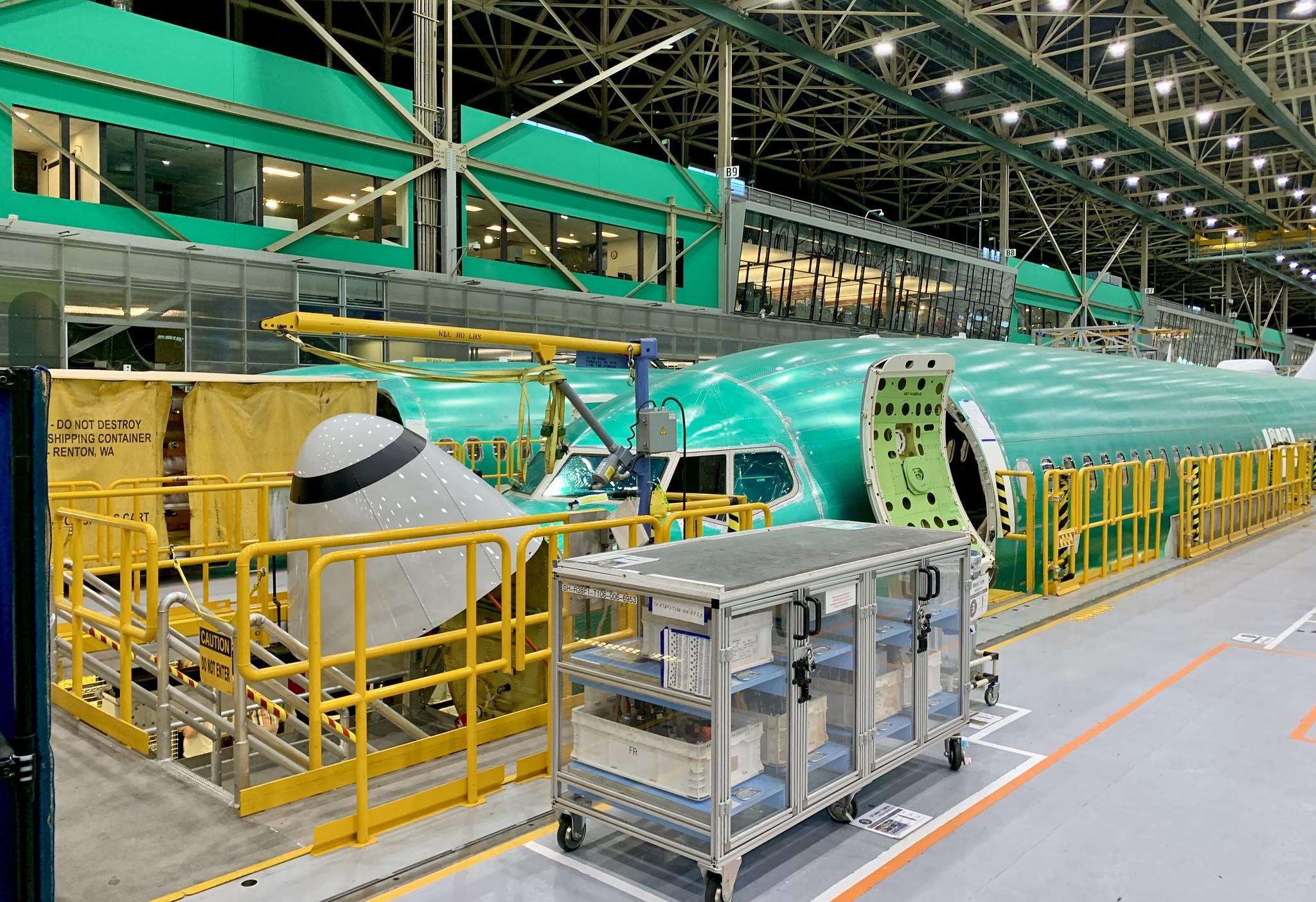
Credit: Sean Broderick/AWST
Striking International Association of Machinists (IAM) members head to the polls Nov. 4 to vote on a union-recommended tentative agreement with Boeing that, if ratified, would see workers starting to return to idled production facilities as soon as Nov. 6. The new proposed deal, reached with...
Subscription Required
Boeing, Machinists Reach New Tentative Deal is published in Aerospace Daily & Defense Report, an Aviation Week Intelligence Network (AWIN) Market Briefing and is included with your AWIN membership.
Already a member of AWIN or subscribe to Aerospace Daily & Defense Report through your company? Login with your existing email and password.
Not a member? Learn how you can access the market intelligence and data you need to stay abreast of what's happening in the aerospace and defense community.





